GENERAL Brite PLATING - BLOG
BENEFITS OF RESTORING YOUR SILVER-PLATED HEIRLOOMS
- By Admin
- •
- 26 Sep, 2017
- •
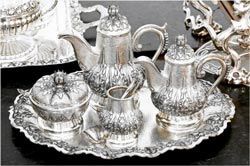
HIDING EXPOSED METALS
Silver-plated items provide all the elegance and allure of silver without the associated cost. During the silver-plating process, a veneer of silver is bonded with electricity to a less expensive metal like copper or brass. This results in a beautiful silver finish that is chemically bonded to the inner metal, forming a single, solid object. The silver that covers your heirloom is as much a part of it as is the metal at its core.
Over time, however, that plating can wear away, exposing the metal below. This blemishes the appearance of your object and also leaves it vulnerable to corrosion and other damages. Silver acts as a non-corrosive shield for weaker metals. Without its intended coating, your heirloom will not be protected from the normal deterioration of corrosive metals, and its value as a decorative piece will be diminished.
RESTORING AN ITEM'S INTENDED LUSTER
During a re-plating procedure, the old coating of silver is first removed. The metal must be completely clean for the plating to work. Once it is primed and ready, electrolysis chemically bonds a layer of silver, just like its initial manufacture. Your heirloom can then be polished and returned to display, with no extra effort on your part.
With a fresh coat of silver, your heirloom can shine as its creator intended. Instead of looking like a worn-out antique, sitting unnoticed in the corner, it will stand out as a centerpiece wherever you place it. Bright, clean silver is a beautiful addition to any room, reflecting the amount of care and attention it has received.
MAKING TABLEWARE SAFE FOR USE
Be aware of the metals beneath your silver plating and be sure that any surface you eat or drink from is properly covered before use. By having your tableware professionally inspected and re-plated, you can rest assured that any meals or drinks you serve are safe for human consumption. At the bare minimum, you should always have antique tableware checked for lead before use.
EXTENDING THE LIFESPAN OF YOUR HEIRLOOMS
Through basic maintenance, you can protect your family's heritage for many future generations to share and enjoy. Re-plating is a straightforward process, and the expert technicians at General Plating Company aim to make your restoration experience as quick and easy as possible. Contact them today to learn more about their silver-plating services and how their professionals can help you with your project.
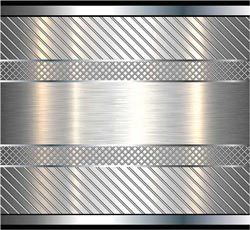
When a loved one becomes ill and passes away, it often leaves the family mourning their loss. Many people do not want to forget the treasured memories they have of their loved ones, so they choose to keep a memento of the person they lost. This memento serves as a constant reminder of the good times that they had together.
If you have lost a loved one recently, you may want to consider having a collection of theirs chrome plated. The chrome plating will protect the items from corrosion and damage so that you and your family can cherish the items forever.
Many people do not know what goes into having items chrome plated though. The following guide walks you through a few things to know about having items plated as keepsakes after a loved one passes away.
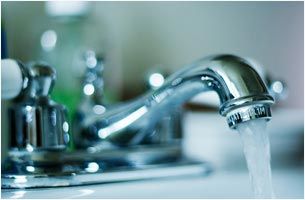
Whether you're building a new house or restoring an old one, you may feel like you have a million decisions to make. Where are you going to put the fridge? What type of flooring will you use in the living room? How many lights does your dining room really need?
Another important question you will be asking yourself is what type of finish you will be using on your bathroom and kitchen faucets. Bathrooms and kitchens are a huge selling point in a house and need to look their best. Every member of your family spends a lot of time in the bathroom and the kitchen, so you want your faucets to be durable and look good.
There are several different finishes you can put on your faucets. Here are the benefits of each so you can decide which one is best for you.

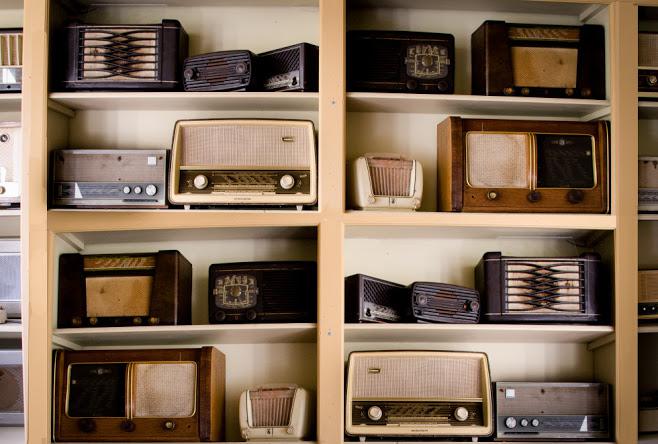
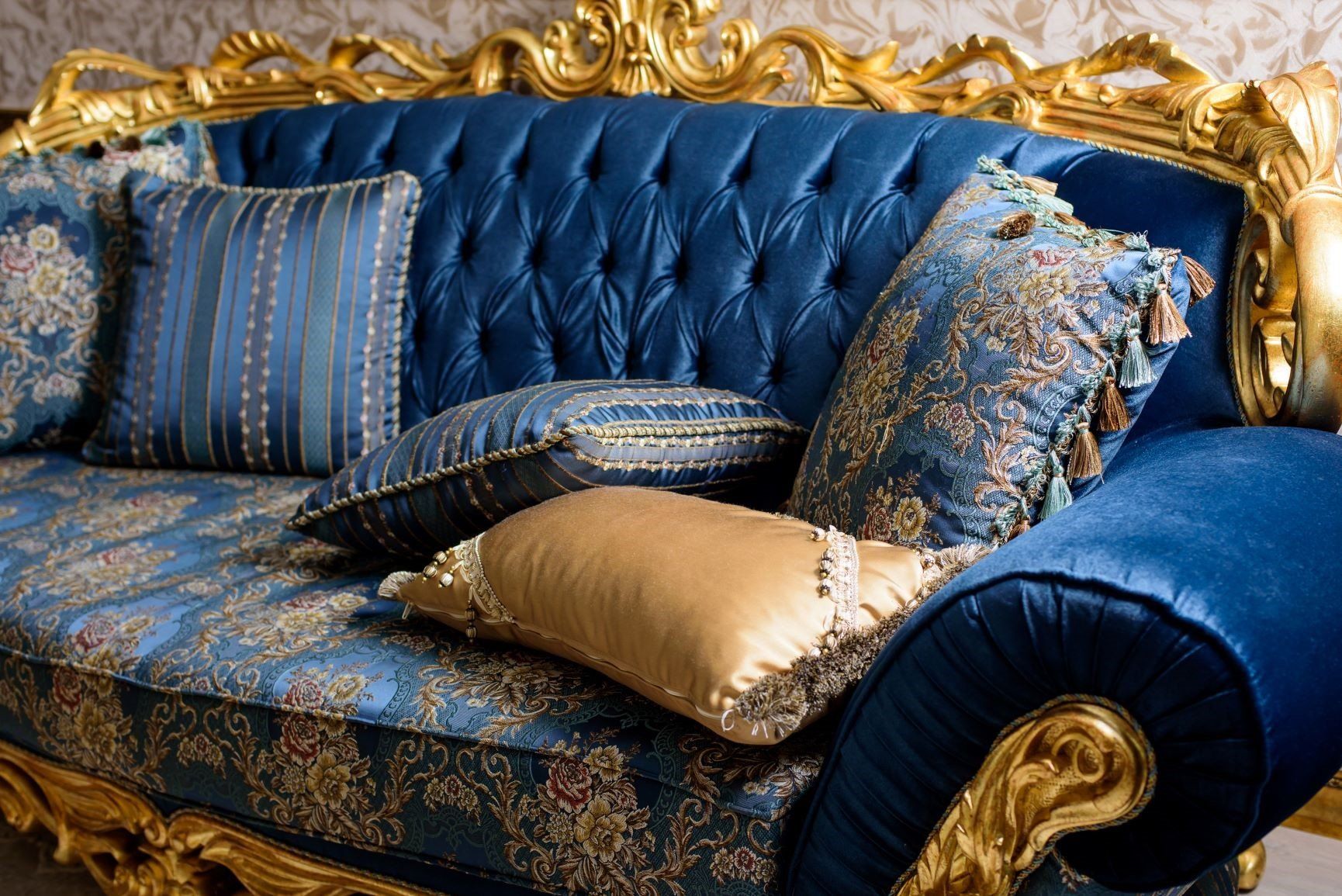
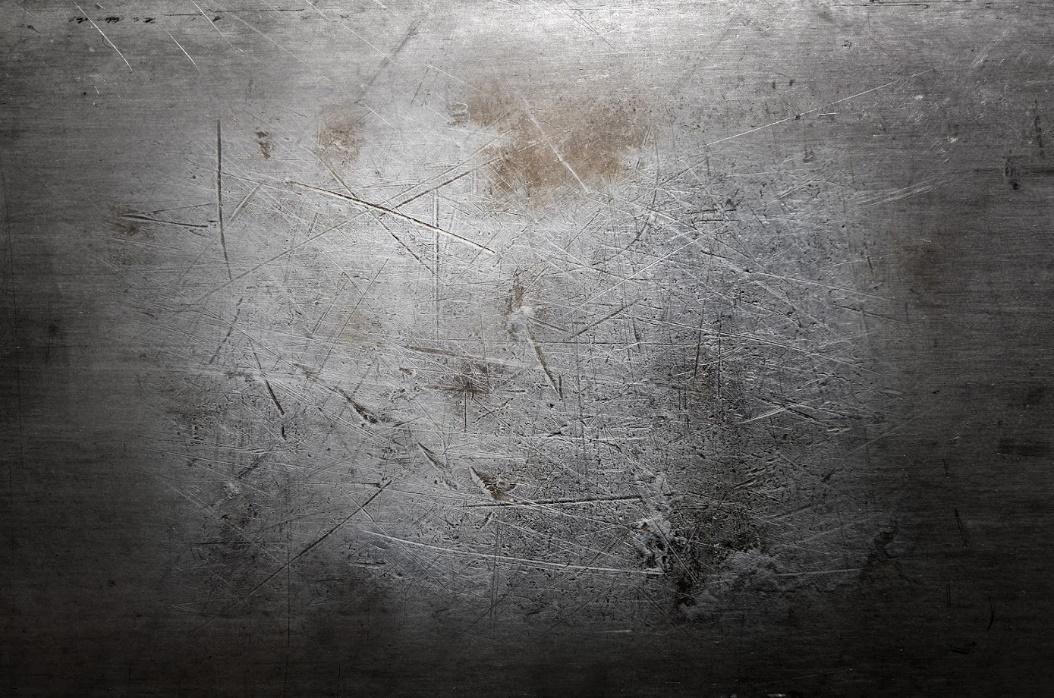

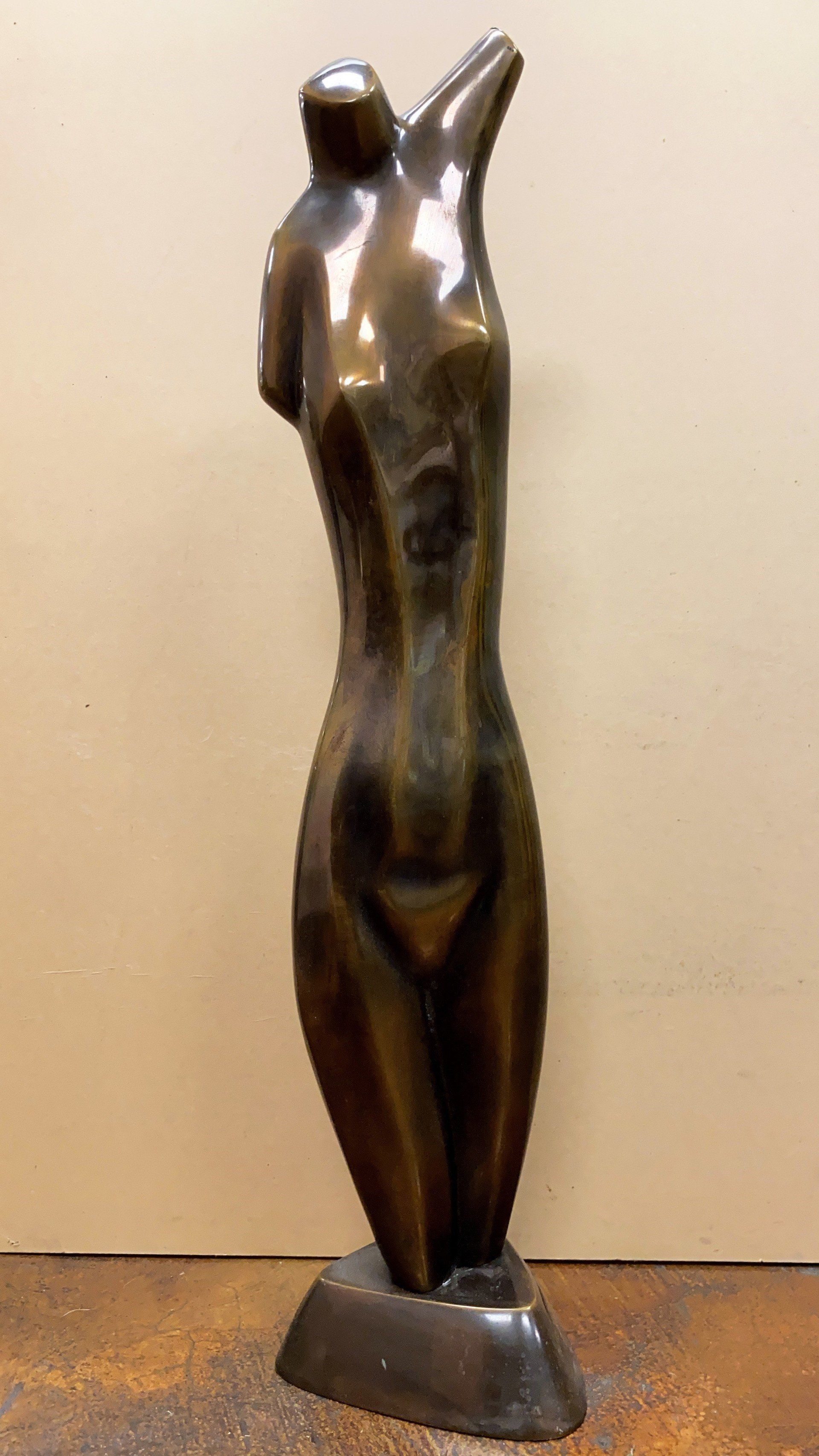
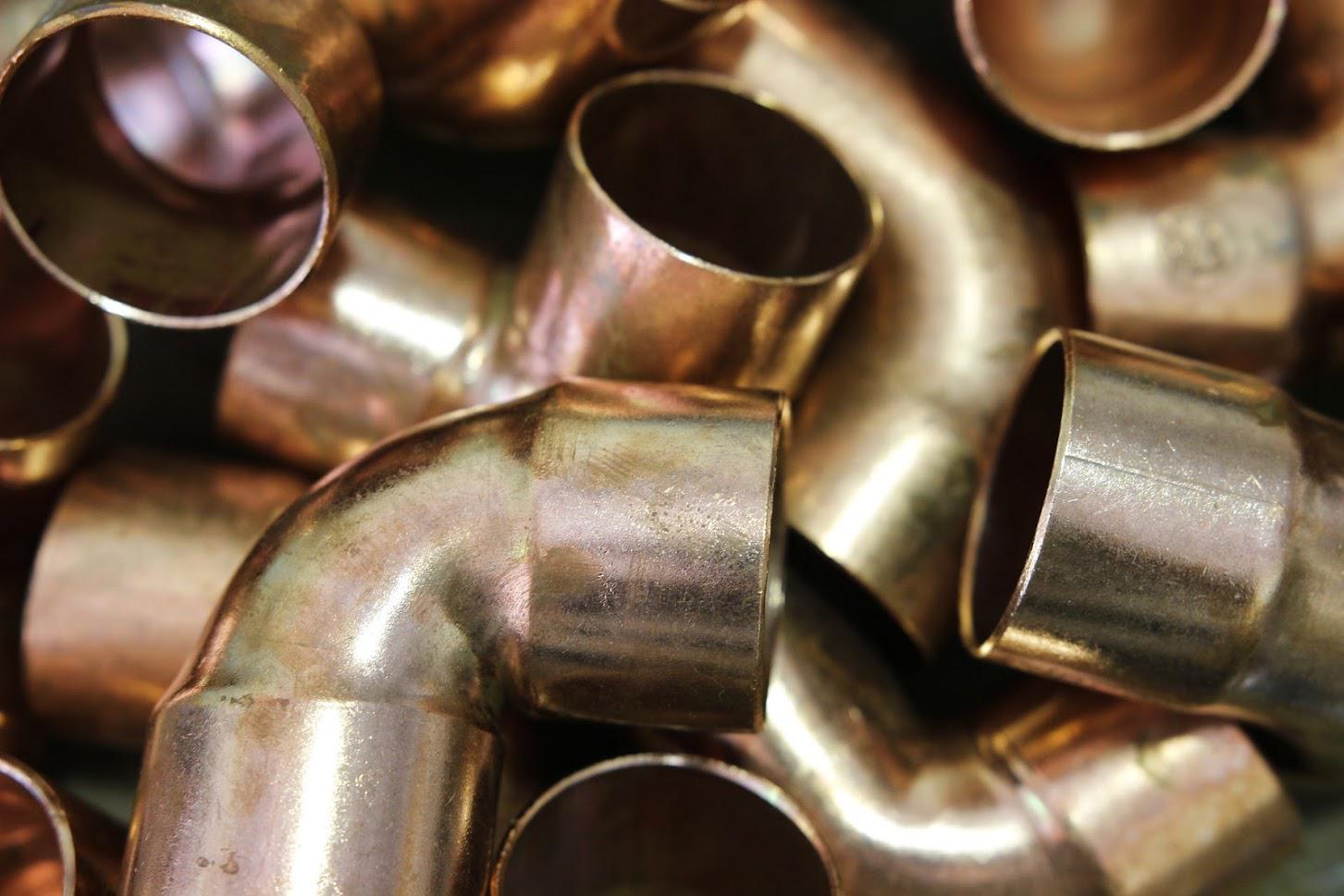
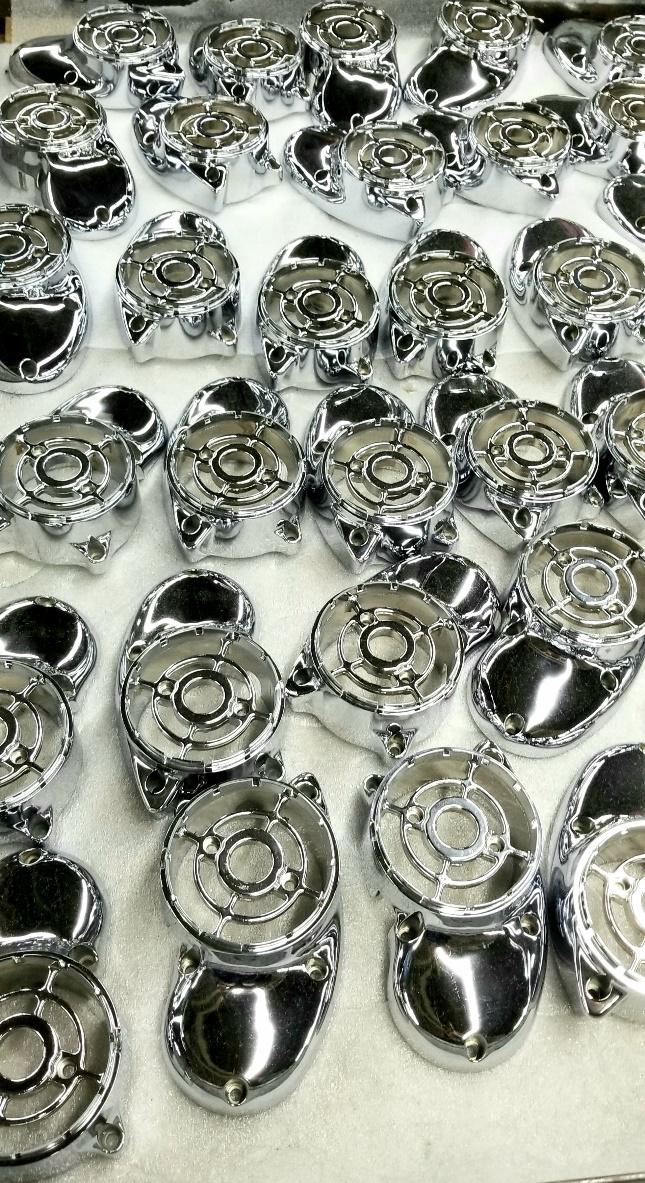



 323-268-6353
323-268-6353









 323-268-6353
323-268-6353